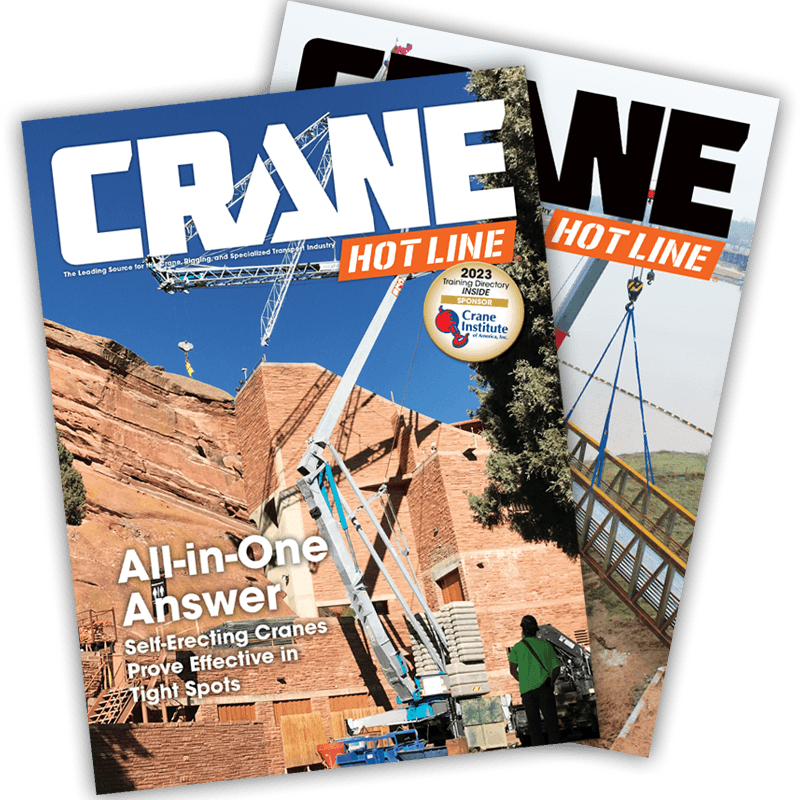ISO Standard Ensures Cranes will Remain Safe in Earthquakes
August 30, 2016 - A new ISO standard for cranes used in seismically active regions will make sure they don’t pose a risk during an earthquake.
ISO 11031 can be used to calculate seismic loads, and sets out design principles for cranes destined to work in seismically active regions and cranes required to be seismically resistant.
Klaus Pokorny, secretary of the ISO subcommittee working on design principles and requirements for cranes, says: “To make sure that cranes are safe, we first need to calculate the seismic loads that show how a crane will respond in moderate to severe earthquakes. Then you can use design limit states provided in two forms: serviceability limit and ultimate limit.”
Pokorny says the the serviceability limit state (SLS) ensures that the crane can withstand the effects of moderate earthquake ground motions throughout its service life and continue to operate as intended. The ultimate limit state (ULS) requires that the crane structure should not collapse during severe earthquake ground motions, and the suspended load or any other part of the crane should not fall or harm the public, operators and workers, he adds.
“Any evaluation should take into account the regional seismic conditions, as well as the ground surface conditions at the crane location. It’s also important to consider how the crane will be used and any risks that could result from seismic damage,” notes Pokorny. “Not only will ISO 11031 add a layer of confidence to the industry, it also provides a common technical language so that manufacturers, users and owners understand each other clearly, no matter where they are."
ISO 11031 was developed at the request of Japan who, following the 1995 earthquake in Kobe, emphasized the need for a standard to ensure seismic-resistant cranes. The secretariat of the subcommittee that developed the standard is held by DIN, the ISO member for Germany.


